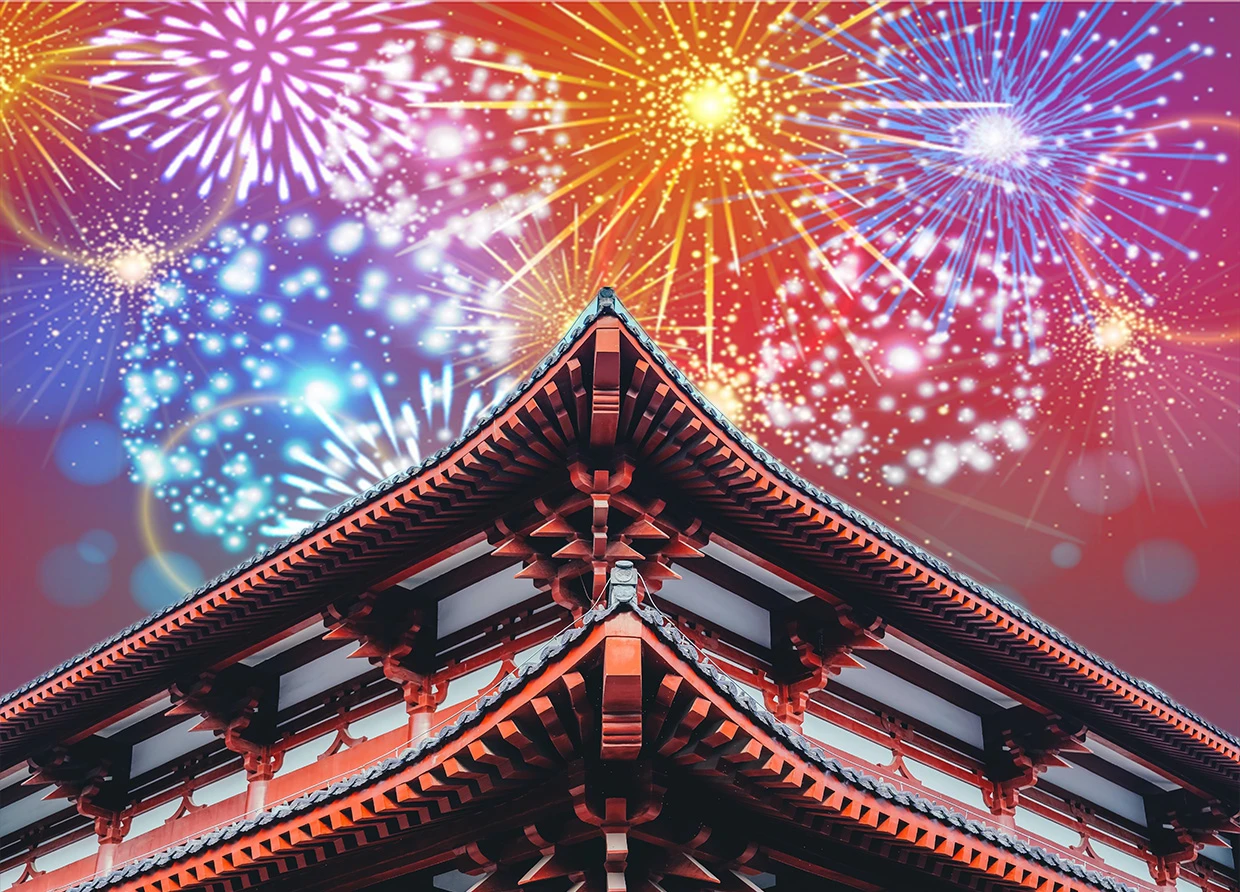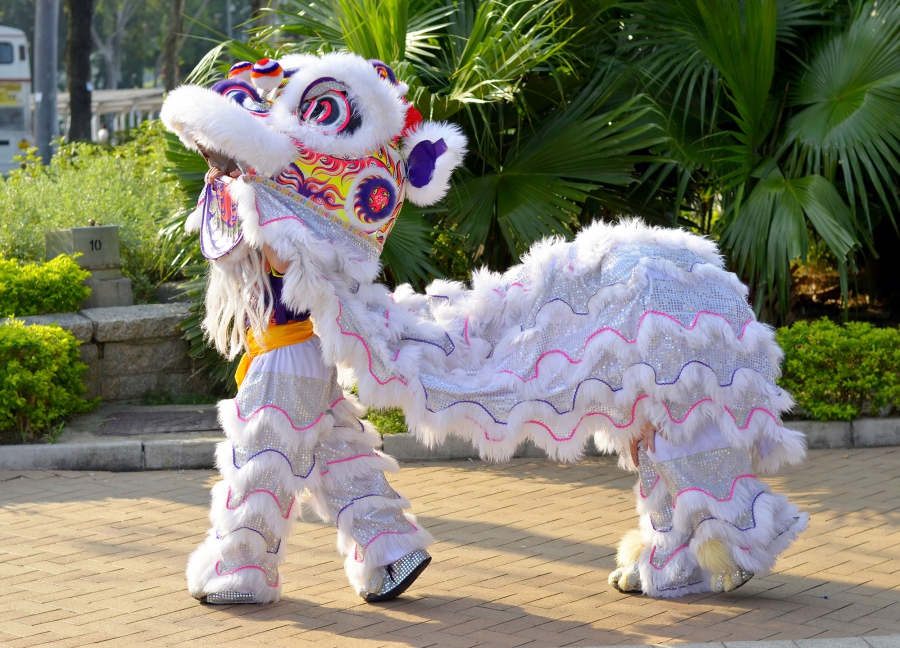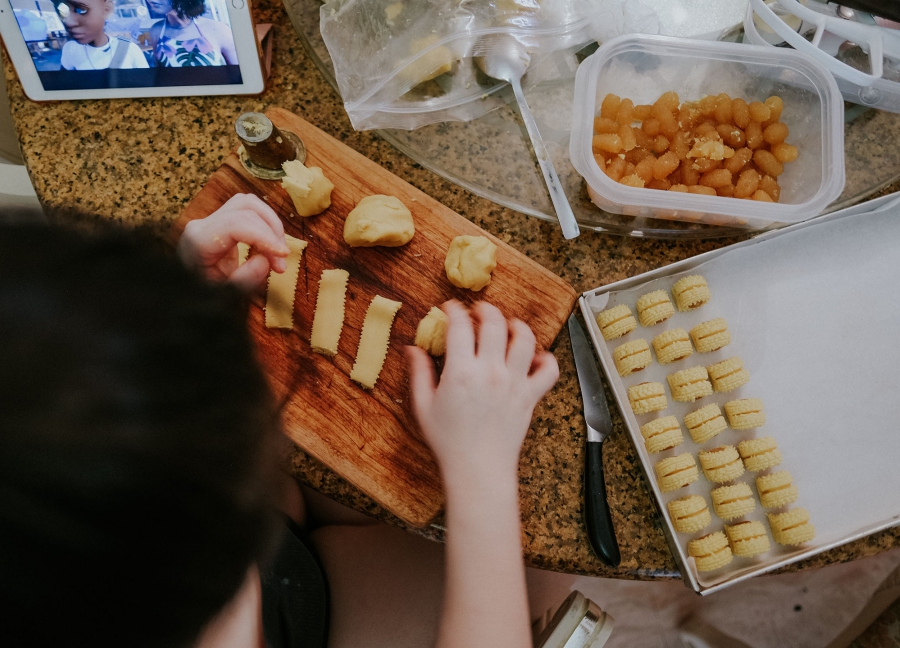CHINESE NEW YEAR AND ITS NOBLE TRADITIONS
Ever wonder why the calculation of the Chinese Lunar calendar is different from the Islamic Lunar calendar? Also, what's with all the crackers?

February 1, 2022, marks the Lunar New Year of the Water Tiger. Though this holiday is often called Chinese New Year or Imlek in Indonesia, the beginnings of the lunisolar calendar often come in three terms: the Lunar New Year, Chinese New Year, and Spring Festival.
People often use Chinese New Year to specifically refer to a new year event where Chinese traditions and culture are celebrated. However, using the term Lunar New Year is deemed more inclusive. There's also the term "Spring Festival", which is mostly used in mainland China. The festival marks a weeklong vacation that prompts massive travel across the country as people head home to spend time with family.
Generally, Lunar New Year celebrations can span around 15 days from new moon to full moon. However, depending on the cultures, religions, and geographical regions, the duration and ways of celebrating might vary.

How it is different from other calendars?
The common calendar, or the Gregorian calendar, was started in 1582 by Pope Gregory XIII and was first adopted by Catholic countries. However, some regions or cultures still follow other calendars, particularly for holidays, including the Lunar New Year or Islamic New year.
Instead of tracking the Earth's orbit around the sun, which is slightly over 365 days, the lunar calendar tracks the cycles of the moon. One lunar year is 12 complete cycles of the moon or approximately 354 days.
The Hijri calendar, also known as the Islamic calendar, abides by this lunation, but the Chinese, Hindu, Jewish, and other calendars follow a lunisolar cycle. It means it has an extra month when it drifts too far from the solar calendar. That's why Lunar New Year falls on a different day of our Gregorian calendar each year but within the same approximate time frame.

The Chinese New Year traditions
The Lunar New Year is a time to invite prosperity and welcome good luck. Decorating to invite good fortune is encouraged. Red is considered a lucky color that can protect against misfortune, and it appears in abundance during Lunar New Year festivals. Many cultures also celebrate with gifts of money handed out in red envelopes.
You'll often see parades, fireworks, lion dancing, and a plethora of yummy Chinese New Year food, such as dumplings, noodles, moon cakes and other delectable dishes. Foods that symbolize good fortune are eaten in the company of family and friends.
Loud activities are popular to ward off bad luck and scare away evil spirits, like fireworks, firecrackers, and percussion instrument performances. Families would prepare their homes by cleaning up to prepare for the new year as cleaning up during the new year period will sweep away fortune instead.
There's also an emphasis on the year's Chinese zodiac sign. If you were born in the Year of the Tiger (2010, 1998, 1986, 1974, 1962, and so on), you'd want to take some extra precautions for 2022 as it is the year of the Water Tiger. When it's your zodiac year, there's a superstition that a tumultuous time can visit, which might be warded off by wearing jade or the color red.
In Vietnam, there is a tradition called "Tet Nguyen Dan", or "Tet" for short. Families eat a sticky rice dish together and display tall bamboo trees outside their homes. In South Korea, it's called "Seollal", and traditionally a meal is prepared to honor ancestors first, and then younger family members pay respects to the older generation by bowing, after which the elders give them words of wisdom and pocket money.
#THE S MEDIA #Media Milenial



























